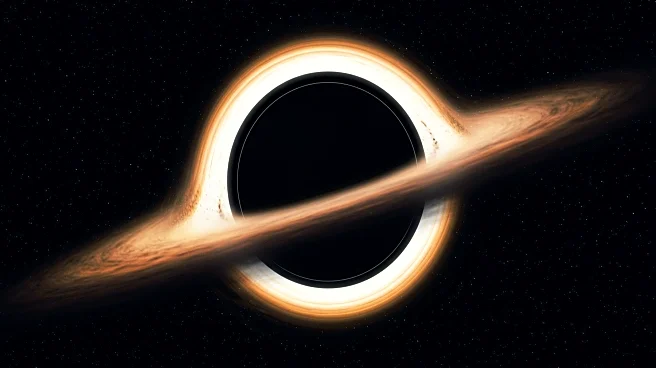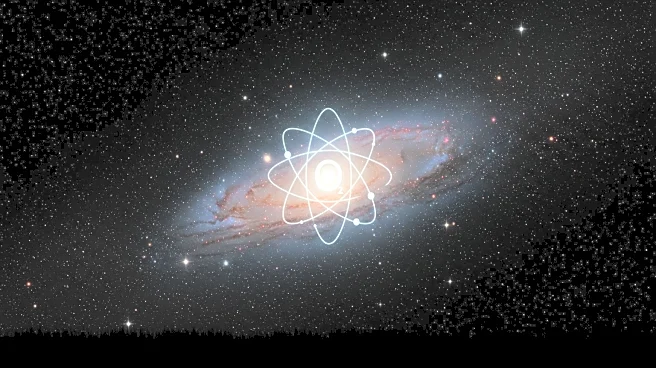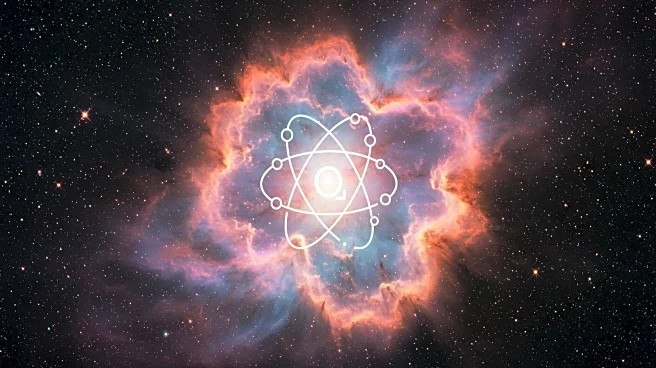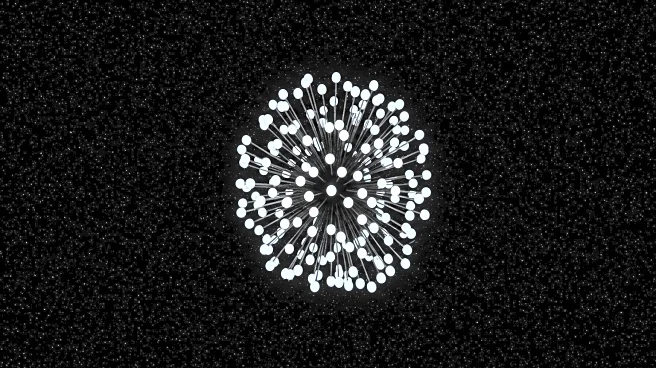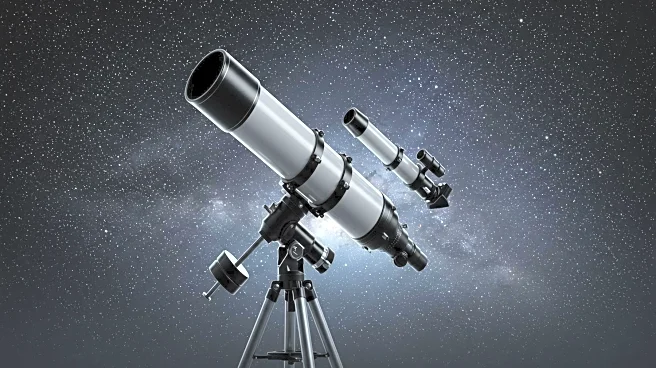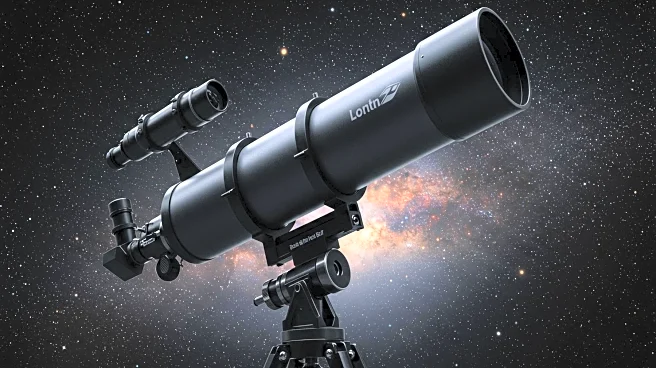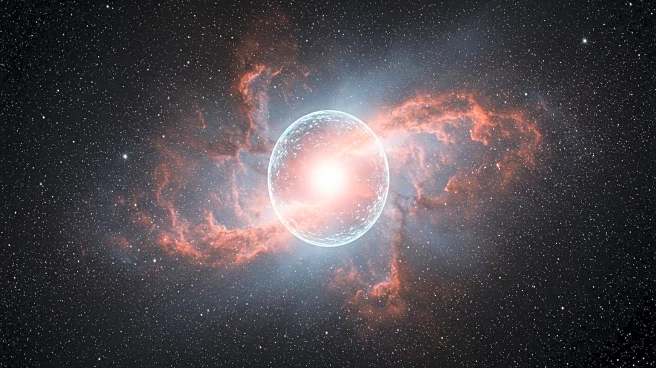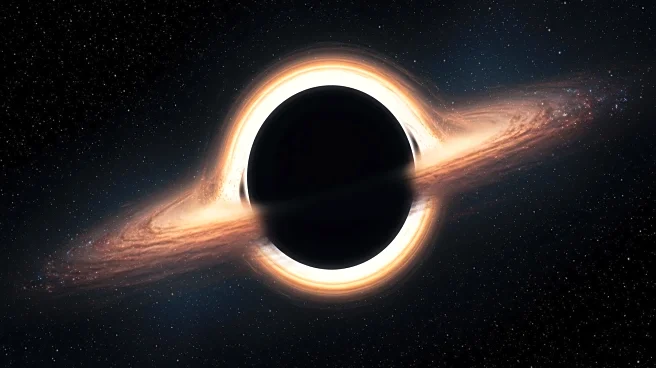Rapid Read • 7 min read
Researchers at the University of Missouri have identified 300 unusually bright objects in the early universe using deep-field images from NASA's James Webb Space Telescope (JWST). These objects, potentially early galaxies, shine far brighter than current models predict for galaxies forming shortly after the Big Bang. The discovery challenges existing theories about galaxy formation during the universe's infancy. The team employed the 'dropout' technique, which detects objects appearing in redder wavelengths but disappearing in bluer, shorter-wavelength images, indicating their extreme distance. This method allows scientists to view the universe as it was over 13 billion years ago. The JWST's Near-Infrared Camera and Mid-Infrared Instrument are crucial for detecting light from the universe's farthest reaches, aiding in the study of these early cosmic structures.
AD
The discovery of these luminous objects could significantly alter our understanding of galaxy formation in the early universe. If confirmed as early galaxies, these findings suggest that the cosmos was more active during its formative years than previously thought. This challenges existing models and could lead to a reevaluation of how quickly the first stars and galaxies formed and evolved. The implications extend to astrophysics and cosmology, potentially influencing theories about the universe's expansion and the nature of dark matter and energy. The JWST continues to provide transformative insights, enhancing our comprehension of the universe's origins and development.
Researchers plan to conduct targeted spectroscopic observations to confirm whether these objects are indeed early galaxies. By focusing on the brightest sources, they aim to refine our understanding of the formation and evolution of cosmic structures. These observations could lead to further discoveries about the universe's early stages, contributing to the growing list of breakthroughs facilitated by the JWST since its operational commencement in 2022. The ongoing research may prompt revisions in theoretical models and inspire new studies in the field of astronomy.
AD
More Stories You Might Enjoy
